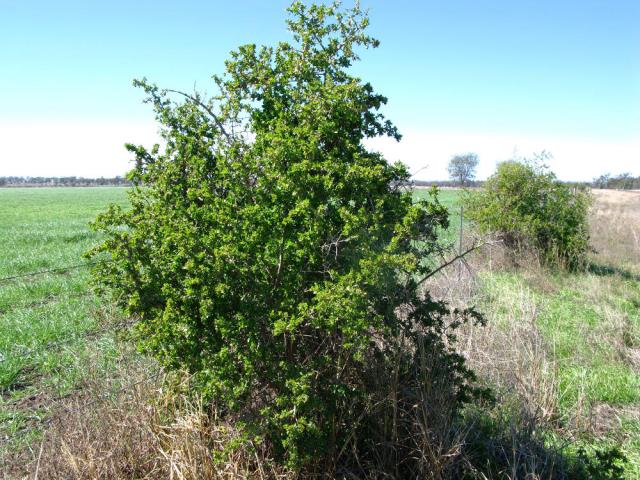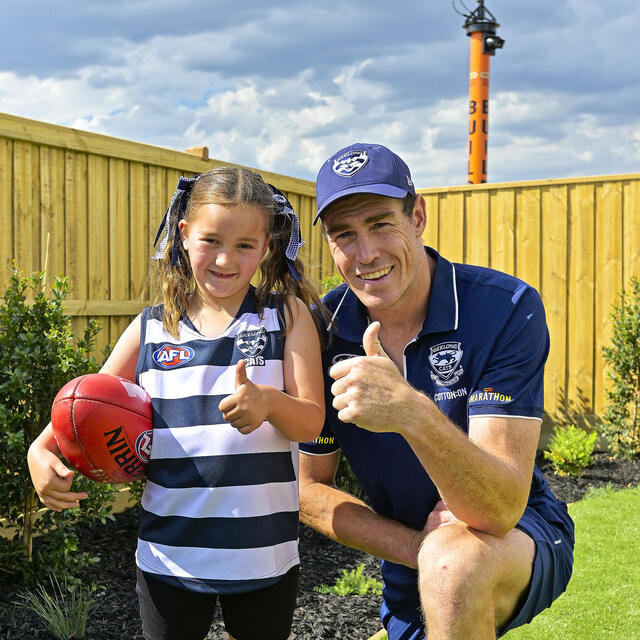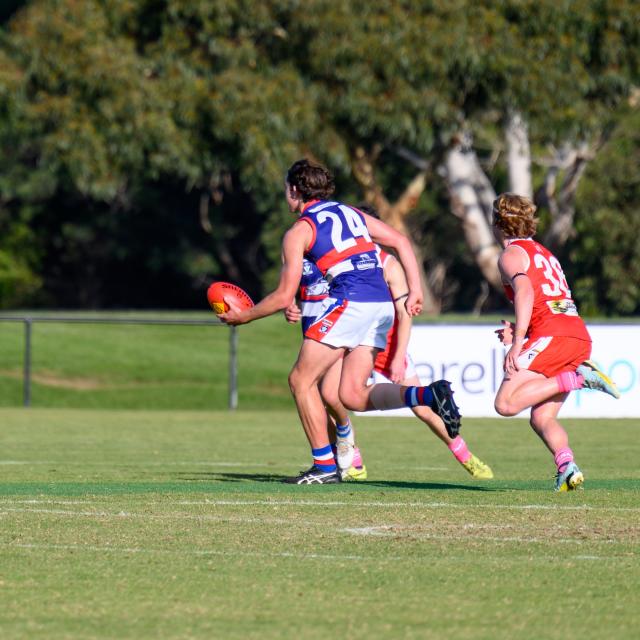Threatened native vegetation is returning in greater numbers on the Bellarine Peninsula coast, thanks to ongoing regeneration work, City of Greater Geelong said.
A new $217,000 Dunecare grant will enable the City to continue its sensitive land management of Buckley Park Foreshore Reserve, which runs between Collendina and Point Lonsdale.
The114 hectares of the reserve is characterised by sensitive sand dunes, Moonah woodland and patches of coastal grasslands.
Work to restore indigenous plants in the reserve has been supported by Corangamite Catchment Management Authority, through funding from the Australian government.
Greater Geelong Deputy Mayor Trent Sullivan said protecting the region’s biodiversity and ecosystems was a key objective of the Council’s Sustainability Framework.
“Enhancing our network of conservation reserves, removing invasive weeds and increasing indigenous plants is a priority for us,” he said.
“We have seen the impact of our team’s work, with native species bringing more colour back to our natural areas and supporting native birds, insects and mammals that rely on the restored biodiversity to thrive.
“However, this is a dynamic challenge that requires ongoing focus.”
The grant will build on work enabled via earlier funding to protect and enhance natural and cultural assets in the reserve.
It includes the removal of an enormous number of weeds, including the highly invasive myrtle-leaf milkwort shrubs, which has allowed millions of new plants to emerge.
Continued removal of invasive species, such as bridal creeper, boxthorn and boneseed, will help the local species to survive and thrive, council said.
Cr Jim Mason, Chair of the Environment portfolio, said the re-growth of native vegetation would provide a diverse habitat for birdlife, including the reserve’s highly valuable hooded plover breeding site.
“Works will also focus on coastal erosion protection measures, to help protect scores of indigenous cultural assets,” Cr Mason said.
“New fauna surveys will allow our teams to better understand the range of species found within the reserve and aid in their ongoing conservation efforts.”




![[READER COMPETITION] – Win a Viking european river voyage valued at $16,190](https://oceangrovevoice.com.au/wp-content/uploads/2025/07/viking-competition-wesbite-image-3.png)




